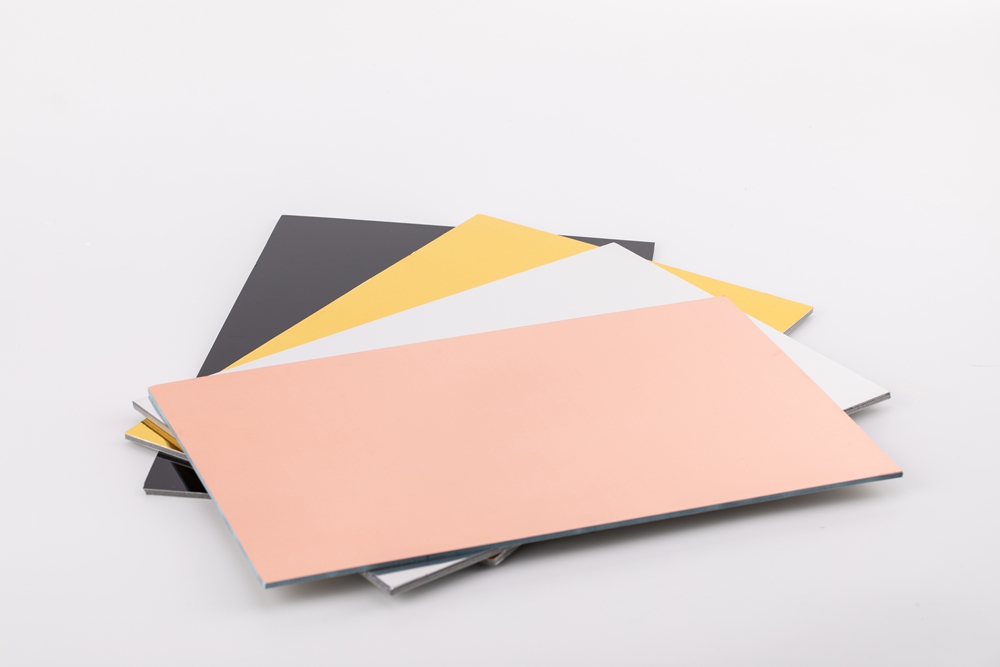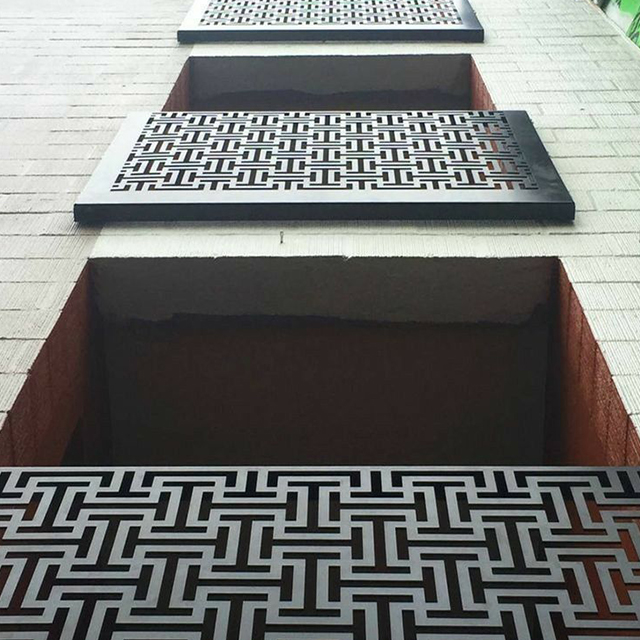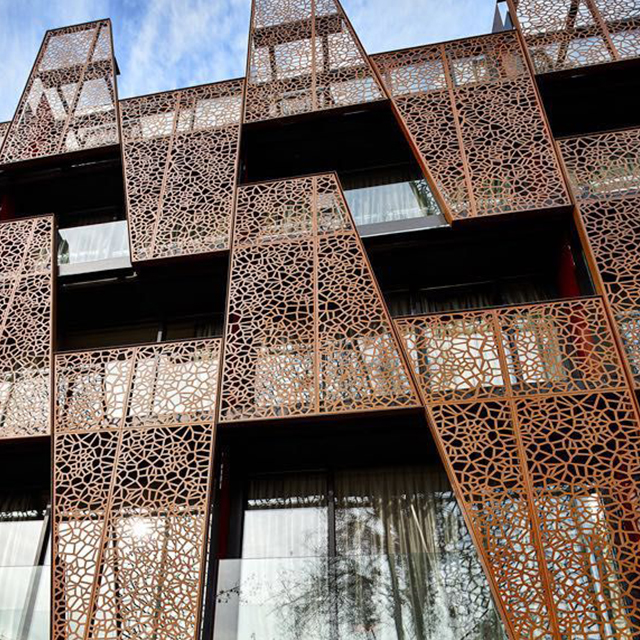In the realm of construction, metal building exteriors have emerged as a frontrunner, captivating architects, engineers, and building owners alike with their unique blend of resilience, versatility, and cost-effectiveness. These durable facades, crafted from various metals such as steel, aluminum, or copper, offer a myriad of benefits that make them a compelling choice for a wide range of structures.
Delving into the Durability of Metal Building Exteriors
The allure of metal building exteriors stems from their exceptional durability, ensuring long-lasting protection against the elements:
- Weather Resistance: Metal exteriors can withstand harsh weather conditions, including rain, snow, wind, and extreme temperatures. Their resistance to corrosion and UV radiation ensures a long lifespan with minimal maintenance.
- Impact Resistance: Metal panels are highly resistant to impact damage, providing protection from falling objects, hail, and even minor collisions. This resilience is crucial for buildings in areas prone to extreme weather events.
- Fire Resistance: Metal exteriors can be designed to meet stringent fire safety standards, offering a protective barrier against fire and smoke penetration. This fire resistance is paramount for ensuring occupant safety and building integrity.
- Pest Resistance: Unlike organic materials like wood, metal exteriors are impervious to pests such as termites, carpenter ants, and rodents. This resistance eliminates the risk of pest infestation and structural damage.

Exploring the Versatility of Metal Building Exteriors
Metal building exteriors offer unparalleled versatility, catering to diverse architectural styles and design requirements:
- Aesthetics: Metal panels come in a wide range of colors, finishes, and textures, enabling architects to create visually striking and unique facades that complement various architectural styles.
- Design Flexibility: Metal panels can be easily shaped and molded into various forms, allowing for intricate designs, curved surfaces, and creative architectural expressions.
- Customizability: Metal exteriors can be customized with logos, signage, and other decorative elements, enhancing the branding and visual appeal of a building.
- Adaptability: Metal panels can be seamlessly integrated into existing structures, providing a cost-effective solution for renovations and facade upgrades.
Unveiling the Cost-Effectiveness of Metal Building Exteriors
Metal building exteriors offer a compelling combination of upfront and long-term cost savings:
- Durability: The long lifespan of metal exteriors minimizes the need for frequent repairs and replacements, reducing overall maintenance costs.
- Energy Efficiency: Metal panels can be incorporated with insulation materials, contributing to a building’s energy efficiency and lowering heating and cooling costs.
- Quick Installation: Metal panels are typically prefabricated and modular, streamlining the installation process and reducing construction time, which can lead to cost savings.
- Low Maintenance: Metal exteriors require minimal upkeep, typically involving occasional cleaning and inspections, further reducing lifecycle costs.
- Salvage Value: Metal panels have salvage value at the end of a building’s lifespan, contributing to overall project cost-effectiveness.
Applications of Metal Building Exteriors
The versatility of metal building exteriors extends to their diverse applications across various structures:
- Commercial Buildings: Metal exteriors are widely used in commercial buildings, including offices, retail stores, and warehouses, due to their durability, aesthetics, and cost-effectiveness.
- Industrial Buildings: Metal panels are a popular choice for industrial buildings, such as factories, manufacturing plants, and distribution centers, as they can withstand harsh working environments.
- Agricultural Buildings: Metal exteriors are commonly used in agricultural buildings, including barns, sheds, and storage facilities, due to their durability, resistance to moisture, and ease of maintenance.
- Public Buildings: Metal panels can be effectively employed in public buildings, such as schools, libraries, and community centers, offering a balance of durability, aesthetics, and cost-effectiveness.
- Residential Buildings: Metal exteriors are gaining popularity in residential construction, particularly in modern architectural styles, as they offer a unique aesthetic and long-lasting protection.

Conclusion
Metal building exteriors have revolutionized the construction industry, becoming a preferred choice for architects, engineers, and building owners worldwide. Their exceptional durability, unparalleled versatility, and compelling cost-effectiveness make them an ideal solution for a wide range of structures. As the demand for sustainable, durable, and aesthetically pleasing building solutions continues to grow, metal building exteriors are poised to play an even more prominent role in shaping the exteriors of modern structures.


